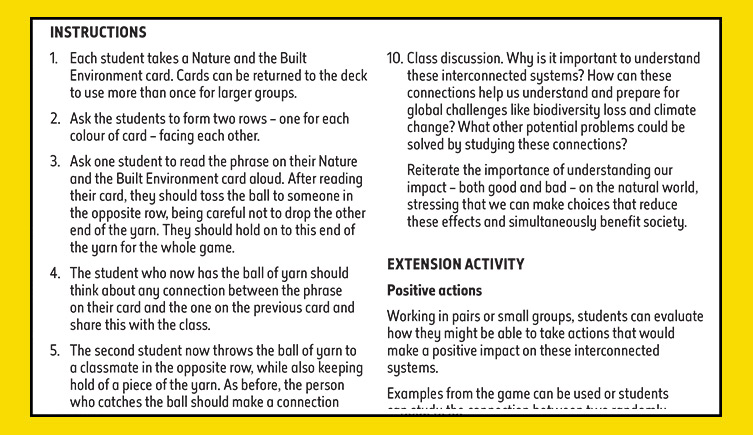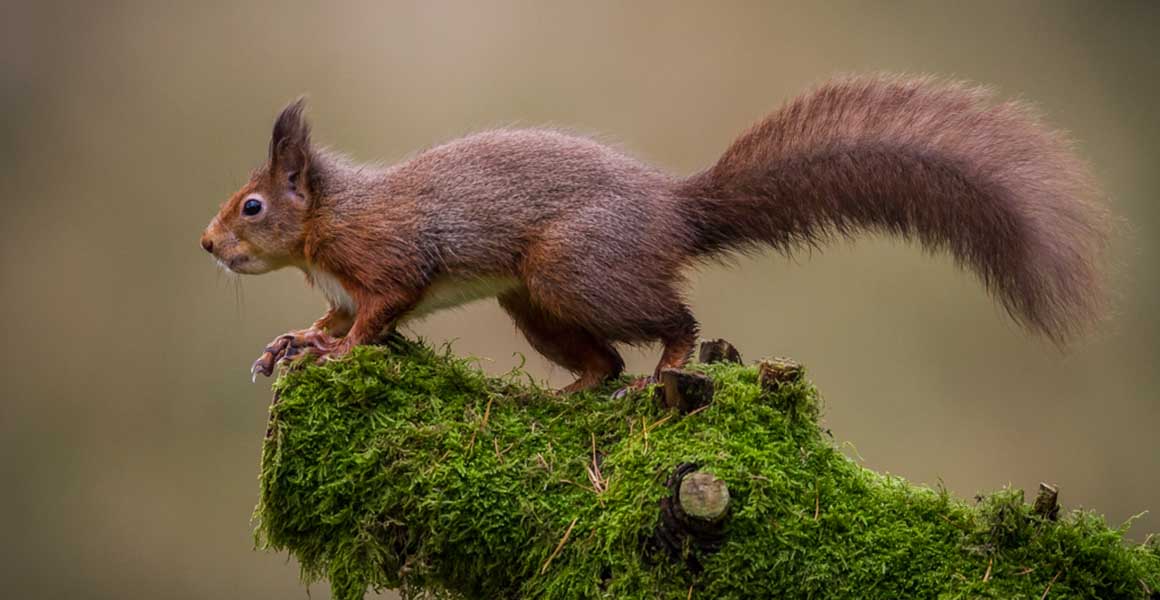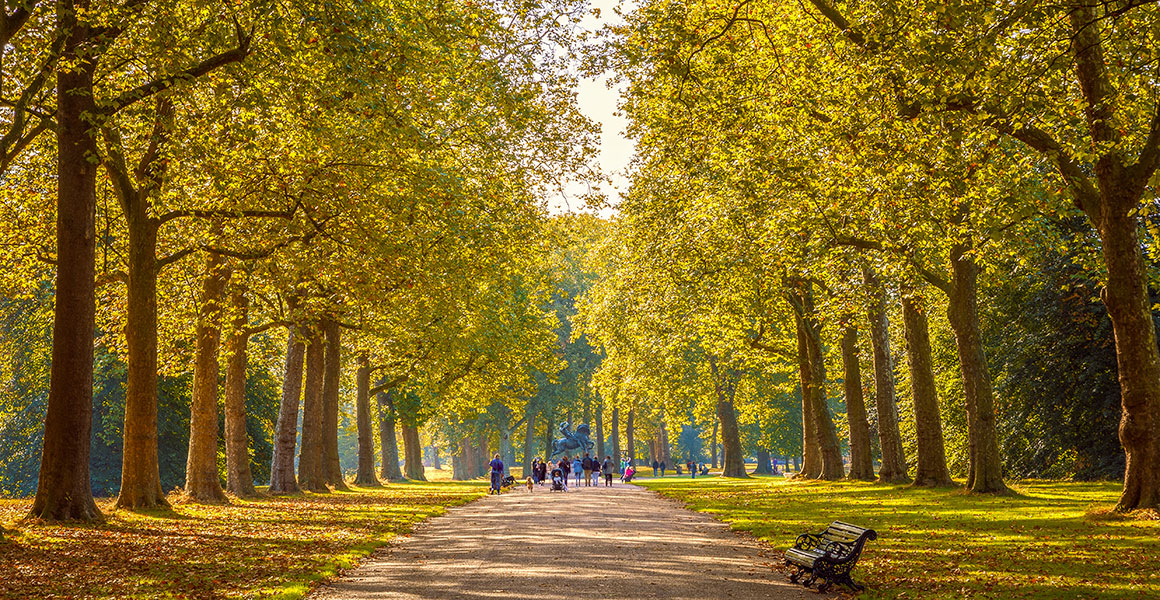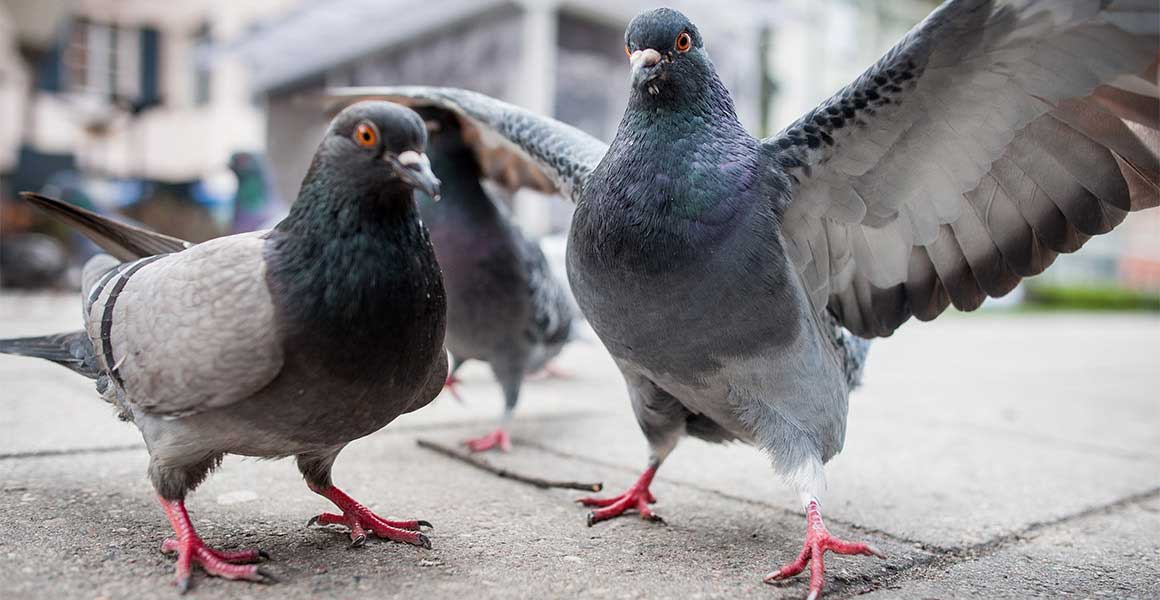Planet Earth
Biodiversity and Interdependence
I understand how animal and plant species depend on each other and how living things are adapted for survival. I can predict the impact of population growth and natural hazards on biodiversity. SCN 4-01a
- Describes how plants and animals depend on each other for food, shelter and pollination, using scientific vocabulary such as ‘population’, ‘community’ and ‘species’.
- Explains the possible effects of removal or addition of species on food webs and biodiversity.
- Summarises research findings to provide examples of structural, physiological and behavioural adaptations which lead to species survival.
Social Studies
People, place and environment
I can identify the possible consequences of an environmental issue and make informed suggestions about ways to manage the impact. SOC 3-08a
- Provides a simple explanation of at least three consequences of an environmental issue, and for each suggest how they could be managed.
Third Level Scientific Skills
Skills and Attributes of Scientifically Literate Citizens:
- Demonstrates understanding of the impact of science on society and debates and discusses the moral and ethical implications of some scientific developments, demonstrating respect for the views of others.
- Expresses informed views about topical scientific issues, including those featured in the media, based on evidence and demonstrating understanding of underlying scientific concepts.
- Demonstrates increased awareness of creativity and inventiveness in science and the use of technologies in the development of sciences.





